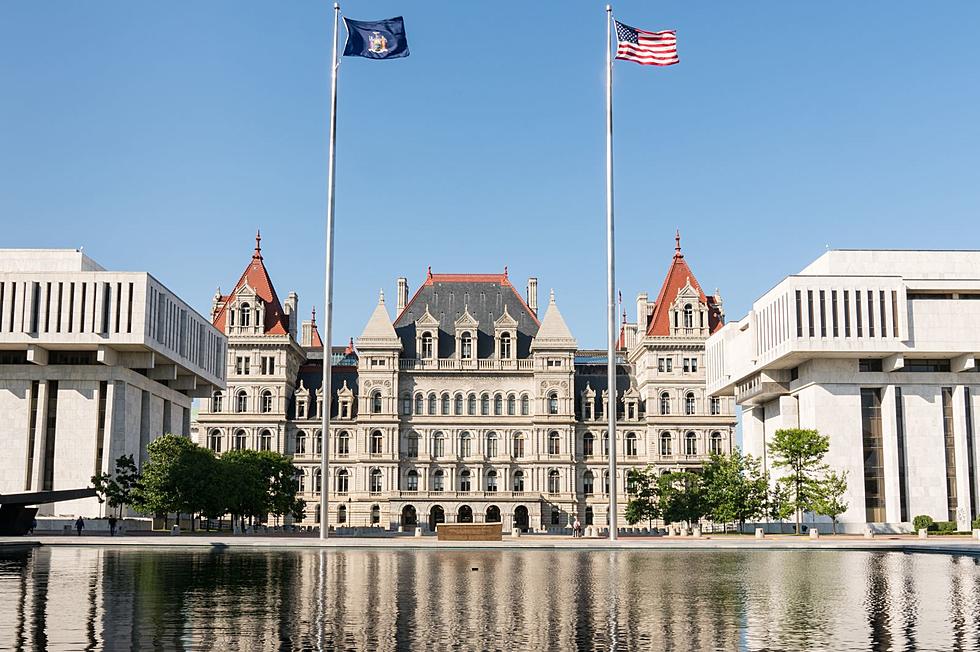
New York Assembly’s Budget Hopes To Make Living in the State More Affordable
The New York Assembly has proposed a $245.8 billion 2024-25 Budget to improve the quality of life in the state. This budget includes investments in areas like reducing taxes, boosting education, enhancing healthcare, tackling housing issues, improving transportation, and helping those in need.
The Assembly says that one of the main goals is to lighten the tax burden on New York families. The proposed measures include expanding the Earned Income Tax Credit (EITC), giving a one-year STAR Tax Rebate Credit, having sales tax holidays for specific items, and offering a tax credit to employers hiring individuals from certain groups. Additionally, the budget suggests increasing the Personal Income Tax (PIT) rates for the highest earners to bring in more revenue.

Education is a top priority as well. The proposed budget sets aside $36.4 billion for the General Support for Public Schools (GSPS), which is a significant increase compared to previous years. The Assembly also fights against reducing Foundation Aid and supports a minimum three percent increase in Foundation Aid by rejecting the elimination of the "Hold Harmless" provision and lowering the inflation rate formula.
To make college more accessible and affordable, the budget plans to make crucial investments in programs at the State University of New York (SUNY) and City University of New York (CUNY). It also raises the income limit for the Tuition Assistance Program (TAP) and allows students to receive TAP for a fifth year.
The budget addresses healthcare by providing an additional $3.1 billion to the Medicaid program and investing $1.1 billion in public health. It also allocates $1 billion for healthcare facility needs and supports SUNY Downstate as a vital safety net provider.
In terms of housing, the budget includes funding for the New York City Housing Authority (NYCHA) and Mitchell-Lama Preservation and Homeownership. It also invests in rental and homeownership assistance programs and aims to boost the supply of affordable housing.
Childcare is given attention too, with $500 million allocated for Child Care Provider Wage Enhancements and additional funding for afterschool programs. There are plans to expand childcare assistance and provide differential payment rates for providers offering care during nontraditional hours for children experiencing homelessness.
Transportation infrastructure is not left behind, as the budget includes funding for road and bridge programs, CHIPs, Pave NY, Extreme Winter Recovery, and the State Touring Route program. There is support for affordable alternatives to congestion pricing tolls, an extension of the MTA free bus pilot program, and discounts on Long Island Railroad (LIRR) and Metro-North Railroad (MNR) passes.
Ensuring a safety net for vulnerable populations is a priority, with investments in programs like the Increasing Nutrition Support for Prenatal and Infant Resiliency (INSPIRE) program, antipoverty initiatives, and support for runaway and homeless youth.
The budget addresses the issue of gun violence, with $30 million allocated for anti-gun violence initiatives, including community-based organizations, SNUG in New York City, and crime reduction programs.
The budget provides additional funding for various initiatives, such as supporting Asian American and Pacific Islander (AAPI) organizations fighting biased crimes, establishing the Asian American Native Hawaiian Pacific Islander (AANHPI) Leadership Institute, and creating the New York State Community Commission on Reparations Remedies to assess the impact of slavery in the state.
The 10 Worst Places To Live In New York State
Gallery Credit: Megan
Top 10 Most Common Last Names in New York
Gallery Credit: Traci Taylor
